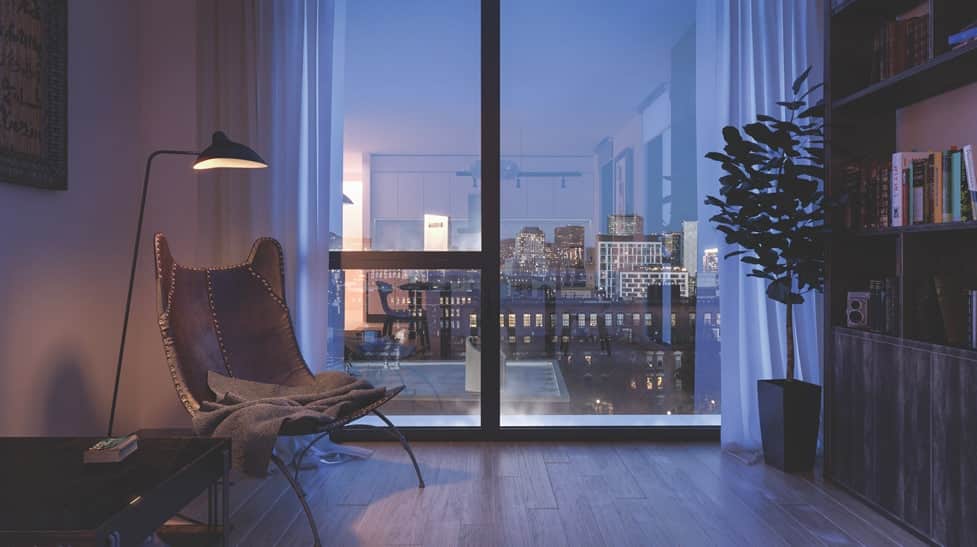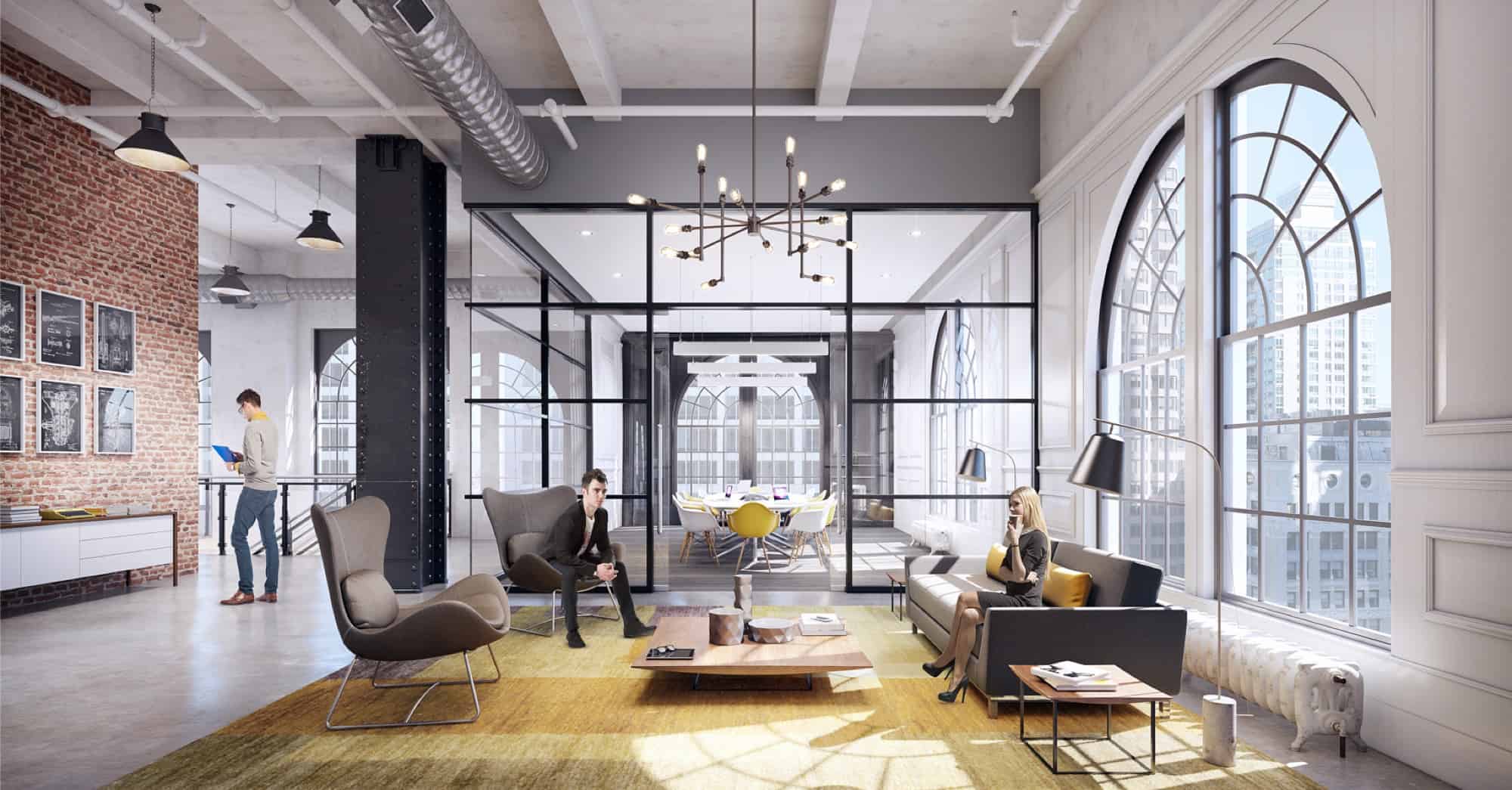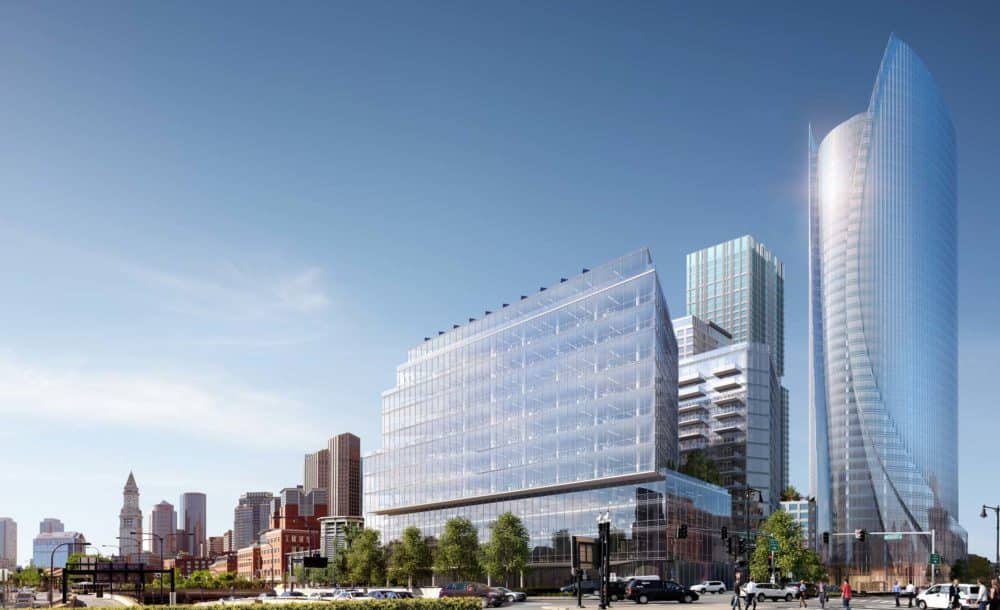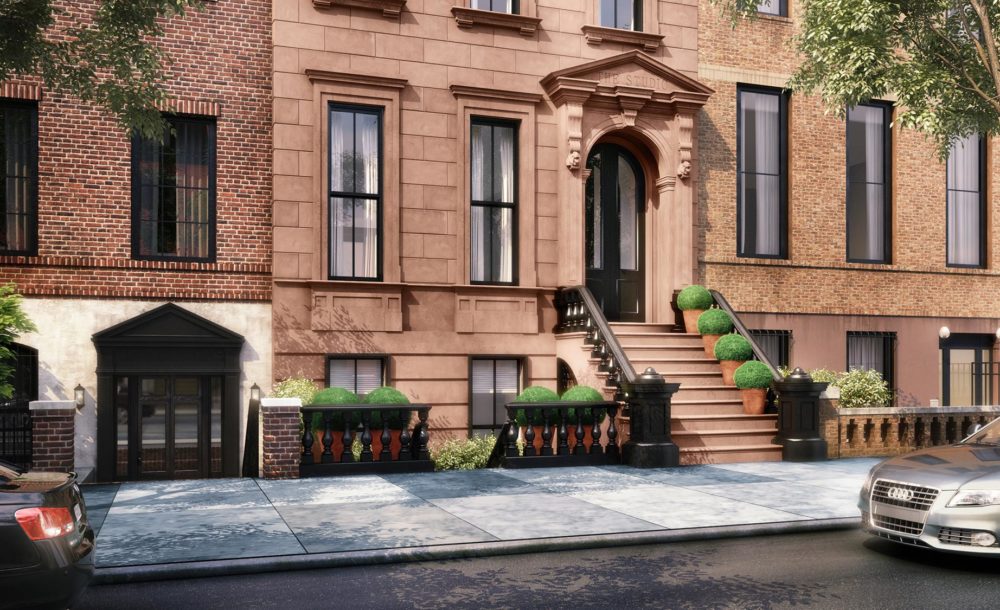The Industry Is Advancing
So Should 3D Rendering Attribution
There has never been a more exciting time to work in architecture visualization (archviz). In recent years, 3D modeling and rendering software have entirely transformed the industry, giving designers cutting-edge tools to create renderings with greater speed, precision, and accuracy. But while advancements in technology have empowered us to create the kind of high-quality renderings we couldn’t have dreamed of 20, or even 10, years ago, they have also made us more susceptible to issues of improper 3d rendering attribution.
It’s Time for Protocols to Catch Up
Unlike other visual art forms, the archviz industry has never established standards for credit etiquette. This is due, in part, to the rapid evolution of the industry, as compared to photography, which has grown over 140+ years. Most brokers, architects, etc. aren’t in the habit of providing 3D rendering attribution information without being asked and, without protocols in place, outside vendors and partners aren’t requesting it. This has created a culture where renderings are passed around freely, and credit isn’t communicated.
For most of the industry’s history, this lack of attribution was a non-issue. If renderings were distributed, it was to a relatively small network of trusted partners, presenting little to no risk for the original artist. But today, we live in a hyperconnected, digital world where renderings have made their way out of board rooms and onto the internet, where images can be easily uploaded for the world to see and attribution is nearly impossible to track.

The Dangers of Improper Attribution
Social media has had a particularly damaging effect on the integrity of 3D rendering attribution. Renderings are reposted to inspirational vision boards and social media feeds on a global scale – more often than not, without crediting the studio. To be fair, most online aggregators are sharing work with good intentions. Intentional plagiarism by competing companies is, thankfully, a rarity. But regardless of whether companies or individuals are sharing work as a means of inspiration or doing so with unethical motives, the result is the same: Renderings are freely distributed without giving studios the credit they are due.
We see the issue of improper attribution, not necessarily as one of bad business practices or stolen revenue, but as a lack of support and recognition for the studios who continue to advance the industry with cutting-edge work. If we want to continue to grow archviz, we have to foster a culture of integrity that protects our companies and our work.
At Neoscape, we believe the best way to do so is to follow the lead of other creative industries and establish a system of guidelines for attribution. If you are a client, industry colleague, fan, or third-party partner of ours, we urge you to take these rules to heart when sharing our work. If you are a fellow archviz studio, we encourage you to create guidelines of your own. When we support each other and come together to protect the integrity of our work, we all win.
How to Credit Neoscape
Clients, Vendors, or Partners
If you are a client, crediting requirements are outlined in our mutual agreement. We are happy to discuss them with you at any time.
Industry Colleagues
If you own or are affiliated with a company that provides rendering services, you do not have permission to share our work.
Social Media Aggregators
If you are a social media aggregator that posts architectural renderings or graphic design, then you must write ‘Image by @neoscapeinc’ in the FIRST line of any post. If you are an aggregator that posts general architecture/interior design photography, then you must write ‘image by @neoscapeinc’ immediately after the architect/designer credit. We may choose to ask you to take a post down. The above should not be considered irrevocable permission to post our work.
Back to Blog

